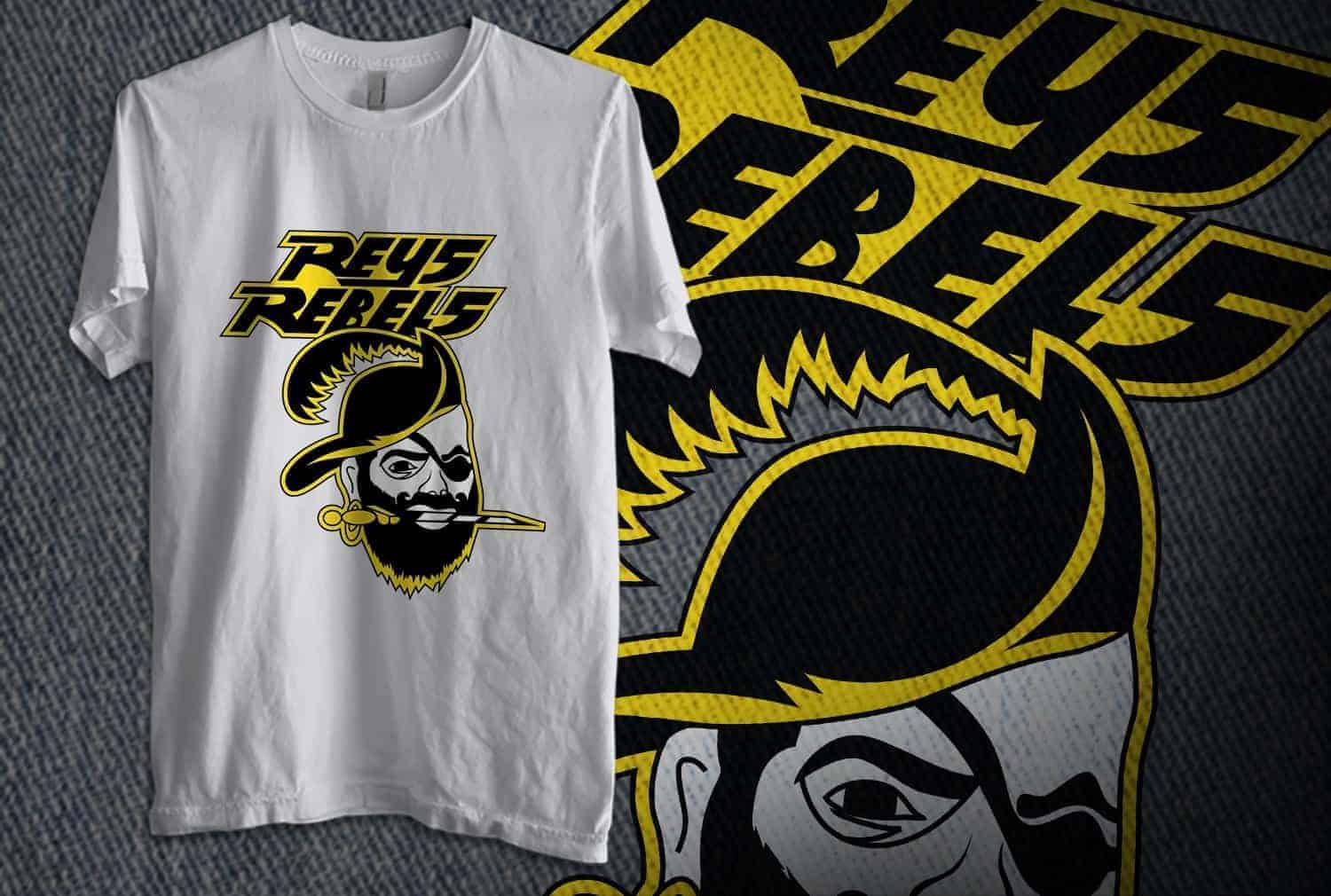Mastering the Art of Designing Custom Shirts

Designing custom shirts is a creative and rewarding process that allows individuals and businesses to express their unique style, promote brands, and commemorate special events. Whether you’re designing shirts for personal use, retail, or promotional purposes, understanding the fundamentals of shirt design is essential for achieving professional results. In this comprehensive guide, Custom Shirts Dallas TX explore the step-by-step process of designing custom shirts, covering everything from brainstorming ideas to finalizing designs and preparing them for production.
Table of Contents
Define Your Purpose and Audience:
- Before diving into the design process, it’s important to clarify the purpose of your custom shirts and identify your target audience. Are you creating shirts for a specific event, promoting a brand, or expressing personal creativity? Understanding your goals and audience will help guide your design choices and ensure that your shirts resonate with the intended recipients.
Research and Inspiration:
- Gather inspiration from various sources such as fashion trends, art, nature, and pop culture. Explore online platforms, magazines, and social media for inspiration and ideas. Pay attention to color schemes, typography, and graphic styles that align with your vision for the shirts. Take note of what resonates with you and consider how you can incorporate those elements into your designs.
Brainstorming and Concept Development:
- Start the design process by brainstorming ideas and concepts for your shirts. Consider themes, motifs, and messages that you want to convey through your designs. Sketch out rough drafts and explore different layouts, compositions, and design elements. Try new things and think creatively without fear. Allow your creativity to flow freely during this stage.
Digital Design Creation:
- Once you have a clear concept in mind, it’s time to translate your ideas into digital designs using graphic design software such as Adobe Illustrator, Photoshop, or Canva. Start by creating a canvas or artboard with the dimensions of your shirt and begin adding elements such as text, graphics, and images. Experiment with different fonts, colors, and effects to bring your design to life.
Typography and Text Design:
- Typography plays a crucial role in shirt design, as it conveys the message and personality of your shirts. Choose fonts that complement your design theme and are easy to read from a distance. Experiment with font styles, sizes, and spacing to create visual interest and hierarchy. Consider incorporating custom lettering or hand-drawn elements for a unique touch.
Graphic and Image Incorporation:
If your design includes graphics or images, ensure that they are high-quality and relevant to your theme. Use vector graphics whenever possible to ensure scalability and crispness. Experiment with different placement options and sizes to find the perfect balance within your design. Consider adding texture, patterns, or illustrative elements to enhance visual appeal.
Color Selection and Palette Creation:
- Selecting the right color palette is crucial for evoking the desired mood and aesthetic in your shirt designs. Consider factors such as brand identity, audience preferences, and design theme when choosing colors. Use color theory principles to create harmonious color combinations that complement each other and enhance your overall design. To get the right look, try experimenting with various shades, tints, and colors.
Review and Revision:
- Once your initial design is complete, take a step back and review it with fresh eyes. Look for areas that may need refinement or improvement, such as alignment, balance, and visual hierarchy. Seek feedback from peers, colleagues, or clients to gain different perspectives and identify areas for enhancement. Make necessary revisions and adjustments based on feedback to ensure that your design meets the desired objectives.
Finalization and Preparation for Production:
- Once you’re satisfied with your design, it’s time to prepare it for production. Ensure that your design files are formatted correctly and meet the requirements of your chosen printing method. Convert text to outlines, flatten layers, and save your files in the appropriate file format (such as .AI, .EPS, or .PDF). Double-check dimensions, resolution, and color mode to ensure compatibility with printing equipment.
Conclusion:
Designing custom shirts is a creative and collaborative process that requires careful planning, experimentation, and attention to detail. By following the step-by-step guide outlined above, you can create professional-quality shirt designs that resonate with your audience, promote your brand, and leave a lasting impression. Whether you’re a seasoned designer or just starting out, the key is to embrace your creativity, explore new ideas, and have fun throughout the design process. With practice and persistence, you’ll master the art of designing custom shirts and create shirts that stand out from the crowd.




